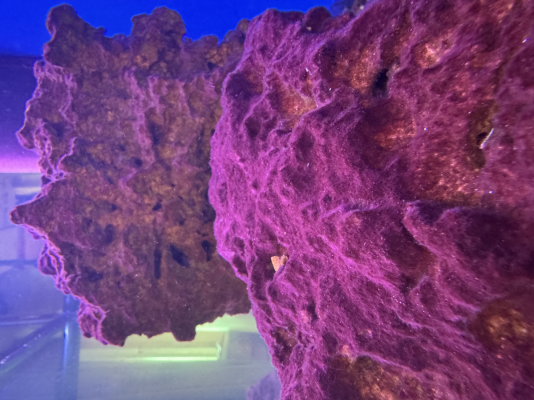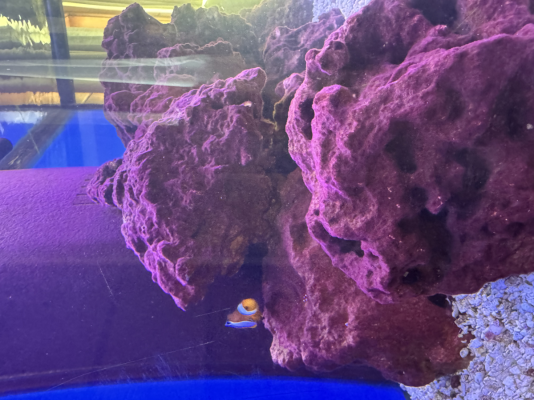Hi all - I have this purple-reddish algae covering all my rocks and filter equipment. I have read about cyanobacteria and coralline algae, but this algae does not seem to match either description. It spreads fast on rocks and hard surfaces but seems to stay away from my crushed coral substrate. It does not peel off or really come off at all, only small bits when scrubbed HARD with a toothbrush, but it is not hard like what I've read about coralline algae. Instead, it's this soft purple algae that holds on for dear life. From what I have read, cyanobacteria tends to peel off from the rock, while coralline is more of a hard coating, this doesn't really fit either category. Any help is appreciated!



















